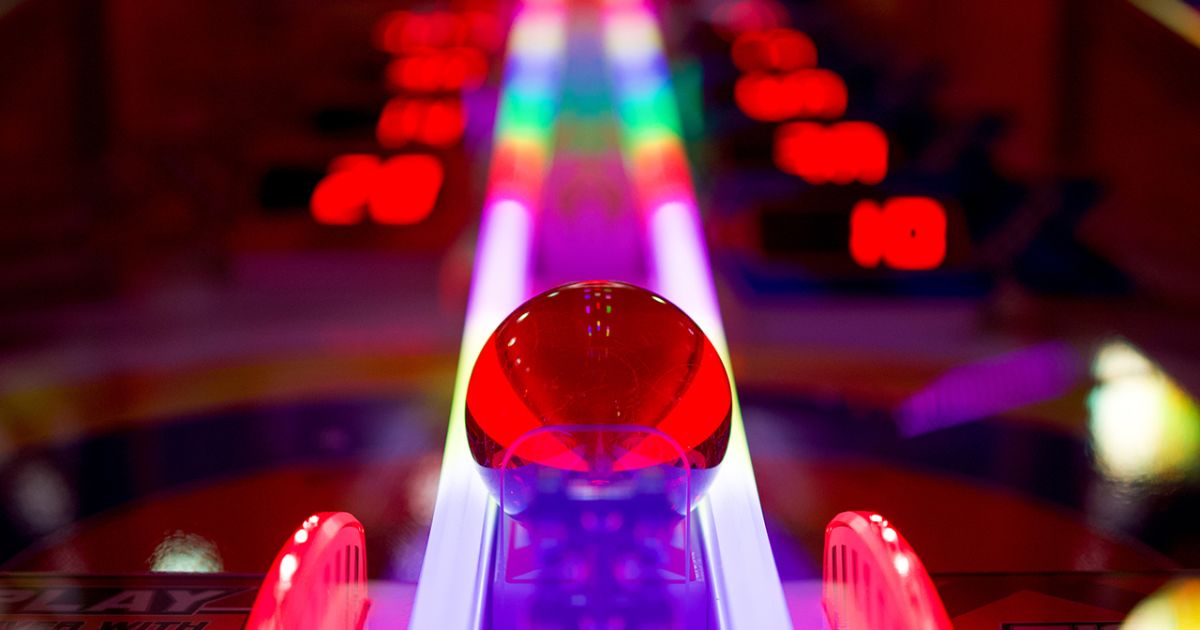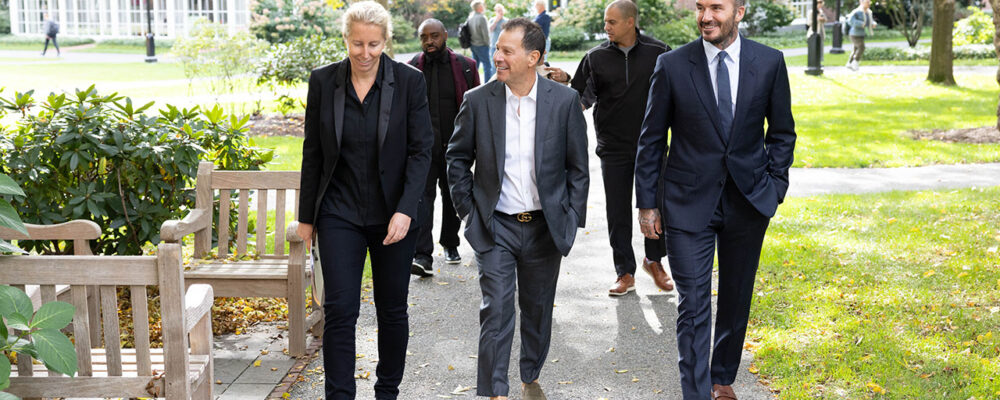Thousands of visitors flock to Disney World every day to immerse themselves in all kinds of exciting experiences—a cruise on the Pirates of the Caribbean; a visit to the China pavilion at EPCOT; a meet-and-greet with a favorite princess. For many guests, however, the highlight comes at the end of the day, huddling with family in the Florida twilight as brilliant fireworks light up the sky above Cinderella’s castle.
Disney clearly knows a thing or two about creating memorable moments, says Julian De Freitas, assistant professor at Harvard Business School, and ending with a bang is one surefire way of leaving an impression. “A strong ending can have a big impact on people’s evaluations when they look back on an experience,” says De Freitas, coauthor of the working paper “Summarizing the Mental Customer Journey.”
“We ended up confirming that not all features are created equal.”
Many marketers think of the customer experience like a play in three acts—pre-purchase, purchase, and post-purchase. However, research by De Freitas and fellow researchers looked more holistically at the customer journey and found that most successful interactions steadily improved or stayed consistent, and ended with a satisfying conclusion. The data could prove especially meaningful at a time when marketing leaders are stretching their budgets and thinking more strategically about spending, according to recent surveys.
“We ended up confirming that not all features are created equal,” De Freitas says. “That’s important because if customer experience managers are limited in resources, they can really focus on certain types of features that will pay off the most.”
De Freitas cowrote the paper with Tomer Ullman, an assistant professor in psychology at Harvard; Harvard College student Pechthida Kim; and Ahmet Uğuralp and Zeliha Uğuralp of Bilkent University in Turkey.
Success is a journey—especially when it gets better
In the study, De Freitas and his colleagues generated 27 different graphs to represent a customer’s experience. They created some using mathematical functions, including horizontal and diagonal lines, curves, and waves, as well as adding some narrative arcs suggested by fiction writer Kurt Vonnegut.
In a series of online studies, they asked participants to rate the different journey lines in several scenarios, including a customer’s satisfaction with a solar-panel company, as well as a hiring decision based on a candidate’s performance during a university job interview.
In a final study, the researchers allowed participants to generate their own journey lines by watching a trailer for a movie not yet in theaters at the time, such as Avatar: The Way of Water and Puss in Boots: The Last Wish, and registering their enjoyment in real time as they watched. They were then asked to rate how much they wanted to see the movie on a scale of 1 to 100, and which movie they’d watch if they could win a free ticket in a raffle.
In all the studies, says De Freitas, clear patterns emerged, with participants ranking journeys the least desirable when they remained low or decreased over time, even when they started from a high point. The next-most desirable journeys were those with big fluctuations, implying that when it comes to brands, customers are not keen on rollercoaster experiences, even if they include some exciting peaks. The most desirable of all were journey lines that stayed consistently positive or gradually increased over time. Within those generally positive journeys, an additional peak could also improve satisfaction.
Putting customers on the right track, with some surprises
While some of these findings may seem intuitive, they help marketers design better experiences by investing in the elements that matter, says De Freitas.
Based on their findings, the researchers suggest certain principles for marketers to keep in mind, using examples to illustrate them:
- Improve the experience steadily over time. Think about the NCAA tournament or FIFA World Cup, in which stakes get higher and the games get more exciting with each round, from quarterfinals to semifinals to the finals. A marketer should think about organizing their offerings in the same way, for example, by arranging speakers at a conference to increase in popularity over time, or scheduling entertainment acts on a cruise to become better and more anticipated night after night. “It doesn’t even necessarily involve spending more money,” De Freitas says. “You could have the same offerings, but you are just arranging them in a particular order to increase excitement and achieve better overall satisfaction.”
- Add one surprise along the way. As long as the experience is generally positive, adding a peak of excitement at some point on the journey can help solidify a good experience. For example, at the Japanese restaurant chain Santouka Ramen, servers greet guests with a chorus of welcomes in both English and Japanese upon entering, setting the stage for an enjoyable dinner. “The first time someone experiences that, it can be very memorable,” De Freitas says. A peak could come in the middle of an experience as well, such as when a spa adds a personal scented treatment in the middle of a massage. “This is where marketers can get creative, asking themselves what is going to create that memorable moment.”
- End with a bang. The main takeaway from the study is that customers always remember their last interaction with a brand when deciding whether to reengage—so a strong finish is worth the investment. That doesn’t have to mean fireworks, however. A furniture company may invest in a reputable delivery company so its items aren’t damaged on arrival. And Crate & Barrel goes the extra mile by offering to have an associate bring store-bought items out to a customer’s car. “It’s important to remember that the ending isn’t necessarily when you have the customer’s money. If a product is delivered damaged, then you are hurting the evaluation of the entire journey and people’s potential willingness to repurchase,” De Freitas says. Conversely, expressing a little thoughtfulness after a purchase can go a long way in endearing a customer to a brand.
Investing in customer lifetime value
Following these principles—an upward slope, at least one peak, and a memorable ending—can ensure that customers walk away with a positive impression of an experience, whether they are shopping, dining, or traveling, De Freitas says. These customers are more likely to return, spend more, and stick with the brand long term.
“Rather than think about the stages of a customer’s journey, think about what parts of the experience end up heavily weighted in a customer’s mind, and invest in those.”
“Throwing money at the entire journey isn’t necessarily the smartest way to get a return on investment,” he says. “Rather than think about the stages of a customer’s journey, think about what parts of the experience end up heavily weighted in a customer’s mind, and invest in those.”
“Harvard Business School is the graduate business school of Harvard University, a private research university in Boston, Massachusetts. It is consistently ranked among the top business schools in the world and offers a large full-time MBA program, management-related doctoral programs, and executive education programs.”
Please visit the firm link to site





